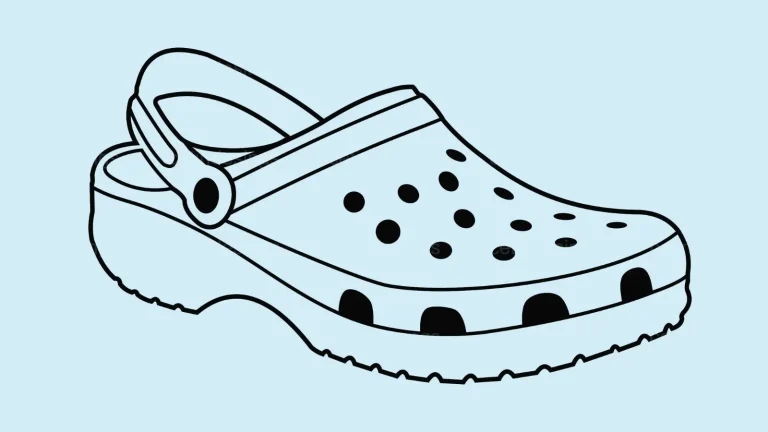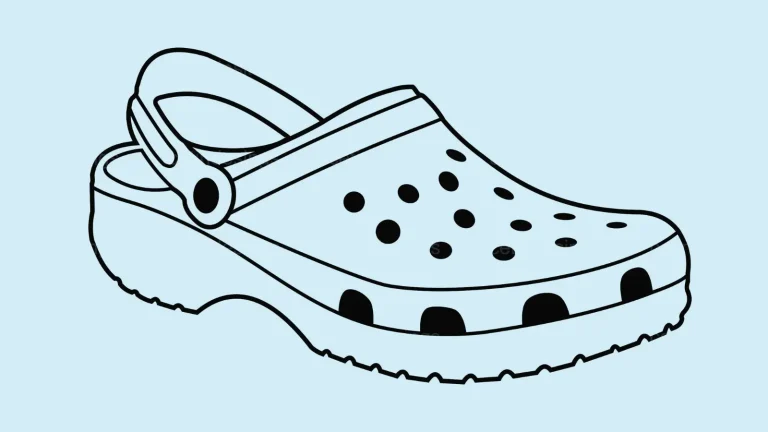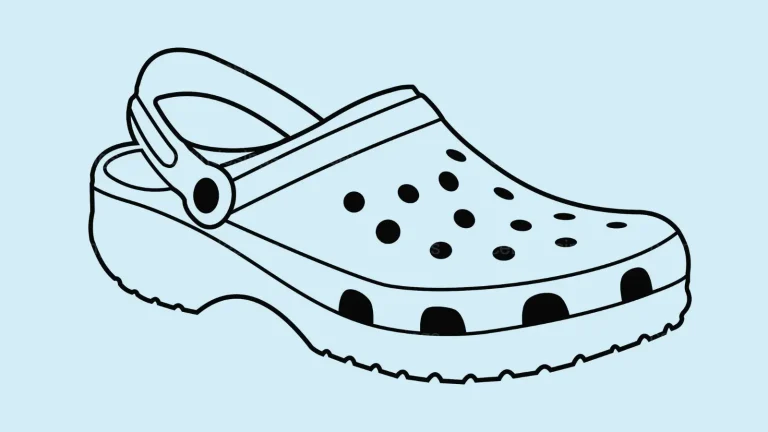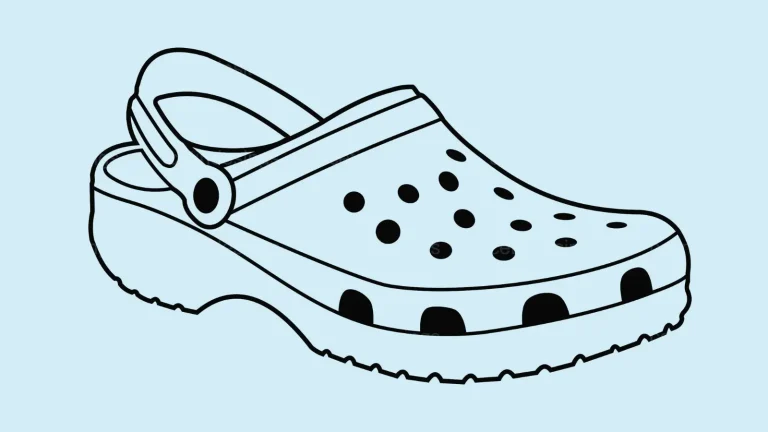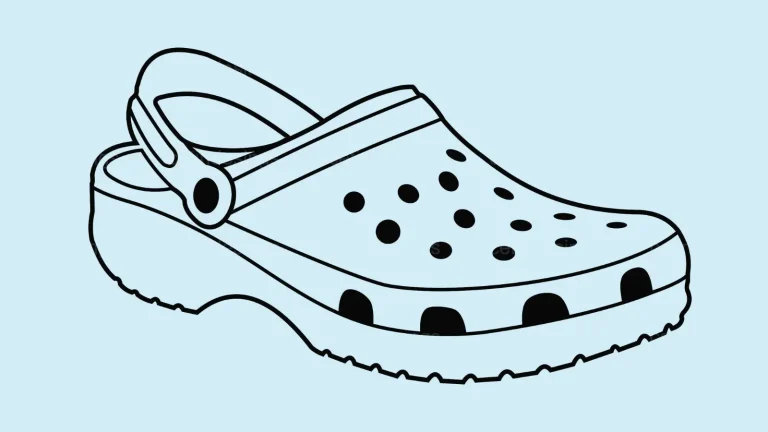Why Are Crocs Banned in Hospitals? ( Let’s Investigate )
The well-known footwear brand Crocs, which is most known for its singular take on the clog style, has been met with resistance from several medical facilities.
This piece examines the rationale behind the prohibition of Crocs in healthcare facilities, primarily emphasizing the dangers they pose and the hygienic issues they raise.
Hospital staff must have a solid understanding of these aspects to keep the facilities safe and sanitary.
Reasons For The Ban On Crocs In Hospitals
1. Insufficient Safeguards
Croc’s lackluster defense against the dangers typically encountered in medical settings is one of the most significant causes for concern regarding these shoes.
Crocs are made of a flexible, rubber-like material but offer modest foot protection. This leaves the feet of healthcare professionals open to injury from liquids, chemicals, and sharp objects.
When working in an environment where there is a risk of exposure to potentially harmful compounds or contact with various pieces of medical equipment, it is best for healthcare professionals to wear shoes that provide a higher level of covering.
2. Slippery Surfaces
Because Crocs frequently have soles that are slick and lack sufficient traction, they can provide a considerable risk when worn on hospital floors. There is a possibility that these floors are wet or have spills, which makes them naturally slippery.
Because Crocs do not provide adequate traction, wearers have a greater risk of slipping and falling while working in healthcare settings, which could result in injuries.
It is advised that those working in healthcare environments wear shoes that are resistant to slipping and have improved traction in order to ensure a safe footing and reduce the chance of accidents.
3. Inadequate Support For The Feet
Crocs may be comfortable, but most of the time, they don’t provide the foot support that’s important for people who work in healthcare and are on their feet for lengthy periods.
Working in a hospital typically includes long shifts spent standing and walking, which can tax the feet and cause discomfort.
Crocs may not provide appropriate arch support or cushioning, which may contribute to foot-related ailments such as plantar fasciitis or exacerbating foot conditions that are already present. Crocs are sometimes known as “clogs.”
The Significance Of Cleanliness And Risk Prevention In Medical Facilities
Given the nature of the work done there and the requirement to safeguard patients and healthcare staff, hospitals must adhere to the highest cleanliness and safety standards. The use of appropriate footwear is an essential component in the process of preserving a risk-free setting.
1. Need For Proper Footwear In Hazardous Environments.
Spills, biohazards, sharp items, and heavy equipment are potential dangers found at hospitals.
Footwear that provides adequate protection can lessen the likelihood of sustaining injuries, including cuts, punctures, and exposure to potentially hazardous chemicals.
2. Preventing Accidents And Injuries
Slips, stumbles, and falls are typical contributors to injuries sustained on the job, including those that take place in healthcare facilities.
Wearing shoes with sufficient traction and support can greatly reduce the risk of accidents for healthcare professionals, assuring their own well-being and the continuity of care they provide for their patients.
3. Upholding Appropriate Levels Of Cleanliness And Hygiene Standards
Maintaining a clean and sanitary environment in a healthcare facility is essential for effective infection control and the protection of patients. When trying to stop the spread of pathogens, having simple footwear to clean and disinfect is necessary.
It is possible to help maintain cleanliness requirements and reduce the risk of cross-contamination by wearing shoes that have closed-toe designs and are made of materials that are not porous.
Conclusion
There are legitimate concerns regarding safety and hygiene, which is why Crocs are prohibited in hospitals. Crocs offer inadequate foot support, very little in the way of traction, and very little in the way of foot protection, making them less than ideal for healthcare workers who operate in these kinds of conditions.
By prioritizing safety and hygiene, healthcare personnel can investigate alternative footwear alternatives that are developed to suit the demands of hospital environments precisely. This protects their health and ensures that patients receive the best possible treatment.
Delve Into Related Articles:
- Why Do Surgeons Wear Crocs?
- Crocs Vs Skechers Foamies
- Do Crocs Make Your Feet Smell? (My Experience)

Hello, my name is Max Anderson, and I’m happy to welcome you to Shoespectra, the top website for shoe lovers. As the owner and inspiration behind this blog, I contribute a wealth of knowledge and a sincere enthusiasm for shoes to every piece of content I make.




